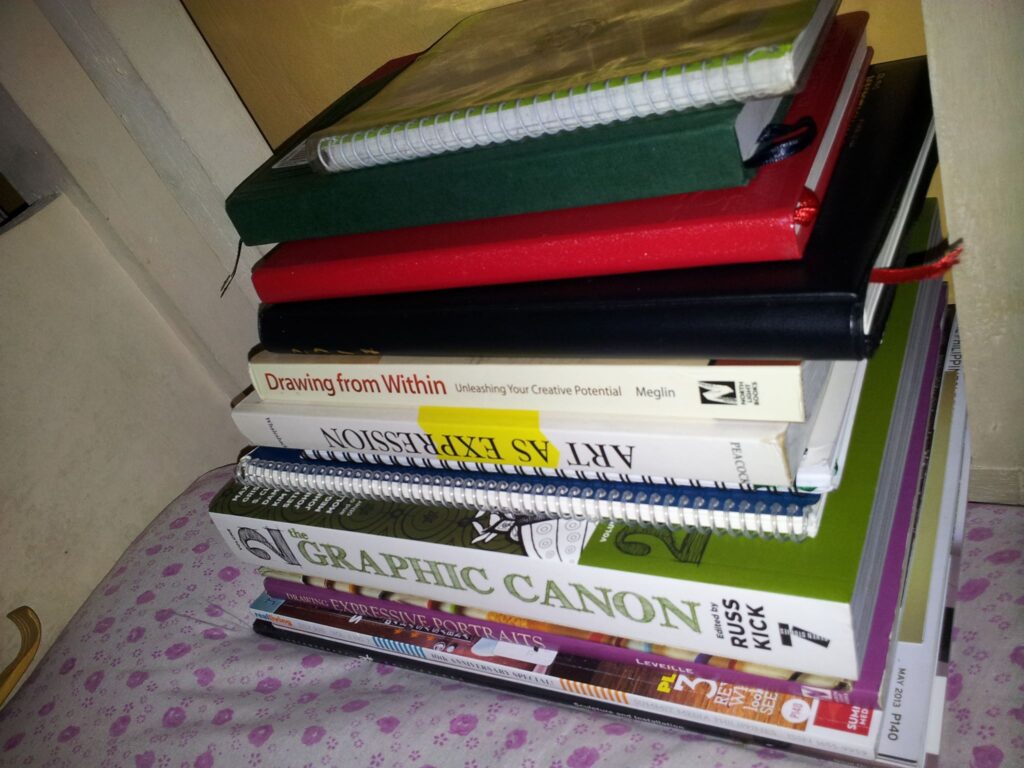
Much like the gentle page scroll on a screen, effective memoir transitions should feel effortless, pulling readers into the narrative seamlessly. Memoir writing, at its core, is about taking readers on a journey—through moments, emotions, places, and memories. To truly immerse readers, memoirists must master the art of smooth transitions, guiding them from one scene or concept to another without jarring breaks. In this essay, we’ll explore techniques that allow memoirists to create transitions in time, space, emotion, and concept—keeping readers on the “same page” as they scroll through the writer’s life.
The Concept of Page Scroll in Memoir
Imagine scrolling through a digital page; with each movement, new lines, thoughts, and moments come into view. This smooth motion can be applied to memoir transitions. Instead of abrupt jumps or rigid chronological shifts, a memoir should flow as naturally as a page scroll, where each element connects with the next. Whether transitioning from childhood to adulthood or from joy to sorrow, a seamless page scroll in memoir writing helps maintain narrative cohesion and reader engagement.
Time Transitions: Scrolling Through Years and Moments
In memoirs, time can be slippery, moving backward, forward, or even pausing to linger on a significant moment. The challenge is to guide readers through these shifts without losing them in the timeline. A time page scroll is about gently navigating years or even decades, subtly preparing readers for each shift. One way to accomplish this is through anchor details. For example, you could use a repeating image or a significant item—a scent, a song, a location—that recurs in different years, creating a link across time. Another technique is signaling time changes with clear, yet understated markers. Instead of bluntly stating “Years later,” try framing the change through a sensory detail: “The scent of jasmine lingered in the humid air, just as it had on that afternoon in 1983.” This way, the page scroll effect helps readers move across years without feeling the shock of a sudden time jump.
Spatial Transitions: Scrolling Between Places and Settings
Memories often span multiple locations—from childhood homes to places visited in adulthood, each with its own atmosphere and meaning. A smooth page scroll in spatial transitions means guiding readers from one place to another without abrupt breaks. Memoirists can do this by focusing on sensory continuity, which allows the shift in setting to feel natural.
If the narrative moves from a bustling city street to a quiet countryside, for example, consider linking these places through a sensory thread. Perhaps it’s the constant hum of life—city traffic morphs into the buzzing of summer cicadas in the country. Alternatively, the page scroll effect in spatial transition can be achieved by using reflective phrases. When leaving one setting, a brief reflection on the emotional impact of that place can serve as a buffer before moving on to the next location, ensuring readers are ready for the transition.
Emotional Transitions: Scrolling Through Shifts in Tone and Feeling
Emotions can be complex, shifting gradually or swinging abruptly. A memoir that scrolls smoothly through emotional transitions allows readers to experience the protagonist’s inner landscape without feeling disoriented. This can be particularly challenging because emotional changes don’t always align neatly with time or place—they often happen unexpectedly, mirroring real-life experiences.
To achieve an emotional page scroll, memoirists should consider pacing. Letting readers settle into an emotion before moving to another allows them to feel the depth of each moment. For example, when transitioning from a happy memory to a somber one, use lingering descriptions that reflect the tone shift. If you’re recalling a lighthearted memory from childhood, give readers a paragraph to fully engage with that joy before gently introducing a reflective thought that hints at a shift. These micro-signals create a steady page scroll effect, helping readers flow from one emotional state to another.
Conceptual Transitions: Scrolling Through Ideas and Reflections
Memoirs often interweave personal stories with larger themes or reflections. These conceptual transitions require a deft page scroll, as moving from a concrete memory to an abstract idea can be jarring if not handled smoothly. To create fluid conceptual transitions, consider using metaphor or analogy to bridge the gap between narrative and reflection.
For example, if a memory of a family dinner evokes thoughts on the nature of belonging, try using a metaphor within the narrative to introduce the reflection. Describe the family gathering as a puzzle, with each member a piece that contributes to the whole. This image creates a bridge, allowing readers to scroll naturally from the specific memory to the broader idea of belonging.
Tips for a Smooth Page Scroll Effect in Memoir Writing
- Use Transitional Phrasing: Words like “meanwhile,” “in those days,” or “later on” provide subtle cues, guiding readers smoothly through time or scene changes. Phrasing serves as a small “scroll” to alert readers without disrupting the flow.
- Employ Repetition: A recurring image, phrase, or symbol across different sections can tie moments together, creating a thread that carries readers from one section to the next. Repetition works like a bookmark on the page scroll, reminding readers of previous moments without disrupting the narrative.
- Vary Sentence Lengths: When moving from one idea to another, a shift in sentence structure can cue readers to a change without spelling it out. Longer sentences create a pause before a change, whereas shorter sentences speed up the page scroll, signaling shifts in mood or tone.
- Show Internal Reactions: Before shifting settings or timeframes, letting readers experience the character’s inner response to the current scene helps bridge the transition. For instance, if leaving a significant memory, a brief sentence reflecting on its impact gives readers a moment to process before scrolling on.
Page Scroll in Action: An Example
Imagine a memoirist recalling a childhood summer, followed by a move to the city as a young adult. A seamless page scroll might look like this:
“Back then, the summer days felt endless, stretching out in golden hues. I can still smell the salty ocean breeze, hear the lazy hum of crickets. The warmth would linger on my skin, long after the sun had set. Years later, when I moved to the city, the noise changed. The hum became a constant rush—cars, people, sirens. And yet, on certain nights, I’d still hear the faint echo of those crickets, reminding me of a place I once called home.” In this passage, sensory details link past and present, allowing readers to scroll naturally from childhood to adulthood without a jarring shift.
Achieving the Page Scroll Effect in Memoir
Creating a seamless page scroll in memoir is about honoring the fluid nature of memory and experience. Through gentle transitions in time, space, emotion, and concept, memoirists invite readers to journey with them, experiencing the story as one continuous, interconnected scroll rather than a series of separate moments. Mastering these techniques allows writers to engage readers deeply, ensuring that each shift feels as natural as turning a page. In the end, a well-crafted page scroll not only enhances narrative flow but also fosters a shared sense of connection, bringing readers onto the same page, and inviting them to scroll through the memoirist’s life with grace and empathy.



